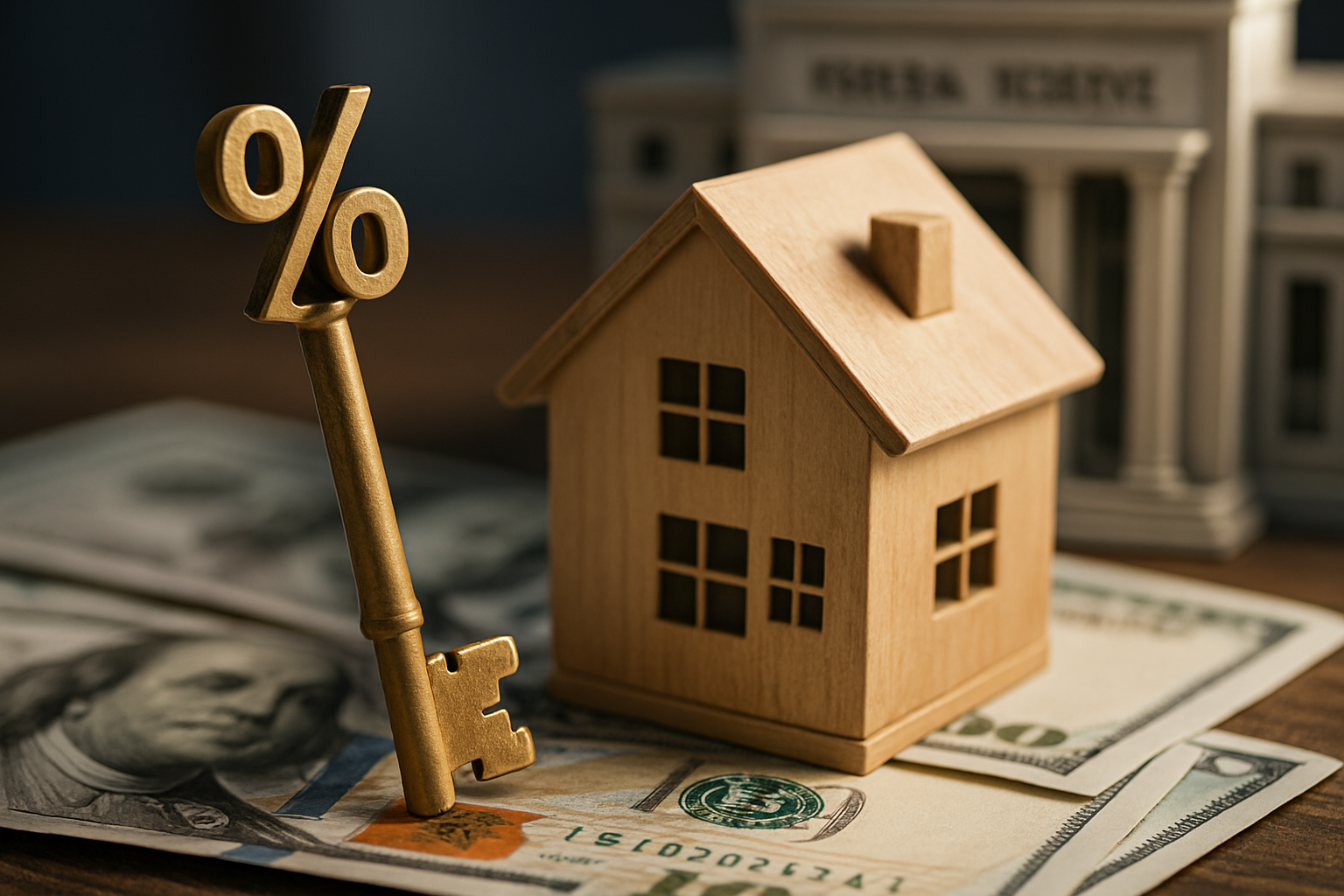Decoding the Impact of Interest Rates on Real Estate Investments
The world of real estate is a complex and ever-changing landscape, influenced by a myriad of factors. One such factor that plays a significant role in shaping the real estate market is interest rates. Understanding the relationship between interest rates and real estate investments can be a game-changer for both first-time buyers and seasoned investors. This article delves into the intricate dynamics of interest rates and their impact on real estate investments.

The Historical Context of Interest Rates and Real Estate
Interest rates have a long-standing history of influencing the real estate market. The Federal Reserve, the central bank of the United States, uses interest rates as a tool to control inflation and stabilize the economy. When the economy is booming, the Federal Reserve may raise interest rates to prevent overheating. Conversely, during economic downturns, the Federal Reserve often lowers interest rates to stimulate growth.
The Current Landscape: Low Interest Rates and Real Estate
Currently, we are in a period of historically low interest rates. This environment has created a favorable climate for borrowers, making it cheaper to take out loans for real estate investments. Low interest rates can lead to increased demand for properties, as more people can afford to borrow money. This increased demand can drive up property prices, creating a seller’s market.
The Double-Edged Sword of Low Interest Rates
While low interest rates can stimulate demand and increase property prices, they also come with their own set of challenges. For one, while borrowing is cheaper, the return on investment for rental properties may be lower due to the increased property prices. Additionally, when interest rates are low, other investment avenues like bonds and savings accounts also offer lower returns, pushing more investors towards real estate and potentially creating a bubble.
The Potential Impact of Rising Interest Rates
On the flip side, rising interest rates can make borrowing more expensive, potentially cooling down the real estate market. This could lead to decreased demand for properties, stabilizing or even lowering property prices. For investors who already own properties, this could mean lower property values. However, for potential buyers, this could present more affordable opportunities to enter the market.
Navigating the Interest Rate Landscape
Understanding the relationship between interest rates and real estate investments is crucial for making informed decisions. While low interest rates can present lucrative borrowing opportunities, it’s important to consider the potential for inflated property prices and lower rental returns. Conversely, while high interest rates may lower property values, they can also present opportunities for affordable investments.
In conclusion, interest rates play a pivotal role in shaping the real estate landscape. By understanding their impact, investors can make strategic decisions, whether it’s the right time to borrow, invest, or hold off on real estate transactions. As with any investment, it’s important to do thorough research and consider all factors before diving in.





